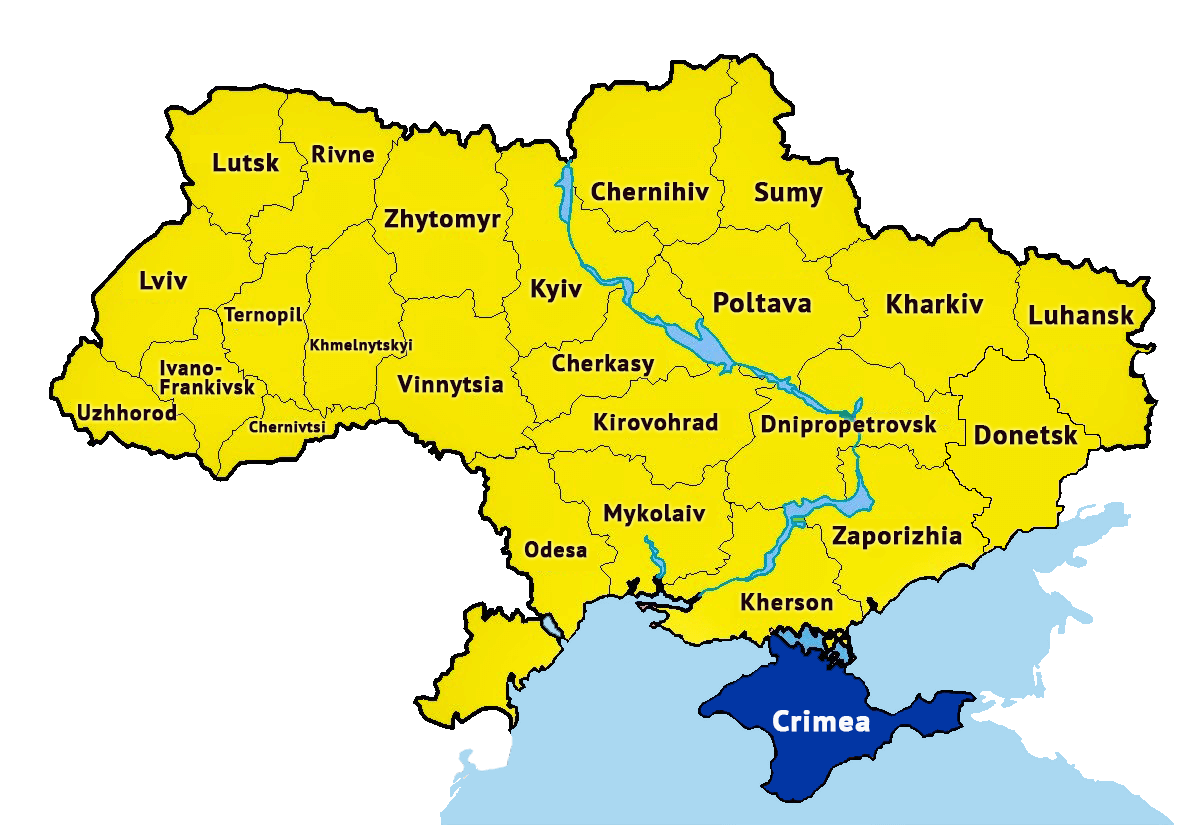People’s Deputy of Ukraine Petro Poroshenko, who arrived in Simferopol on February 28 to meet with deputies of the Supreme Council of Crimea, was greeted by pro-Russian activists with shouts of “Russia”, “Berkut”, “Get out of Crimea”. Poroshenko was forced to retreat. At the end of February 2014, Russian troops were stationed on the territory of the Crimean peninsula in accordance with the Russian-Ukrainian agreements on the Black Sea Fleet dated May 28, 1997, which were extended in 2010. According to these documents, Ukraine agreed to the deployment of Russian naval facilities in Sevastopol: the 31st test center, the Gvardeyskoye airfield, as well as high-frequency communication points in Yalta and the Sudak region, and a military sanatorium in Yalta. The main bay of Sevastopol with berths for more than 30 warships was transferred to Russia on a leasehold basis. Karantinnaya Bay with a brigade of missile boats of the Black Sea Fleet and a diving range, Kazachya Bay, where a Marine Corps brigade is stationed, and South Bay. Ships of the Russian and Ukrainian fleets were jointly based in Streletskaya Bay, with the Black Sea Fleet controlling the coastal infrastructure of the bay. Russia also received the main arsenal of ammunition, the missile base of the Black Sea Fleet, a landing range, a test center in Feodosia, two airfields – more than a thousand objects in Crimea in total. The Russian Armed Forces had the right to deploy on the territory of Ukraine up to 25,000 of their military personnel (including up to 2,000 in the marines and land-based naval aviation), as well as up to 24 artillery systems of a caliber of more than 100 mm and 132 armored vehicles in the Black Sea Fleet marines and 22 combat land-based naval aircraft. According to Russian data, at the beginning of March 2014, the contingent of Russian troops on the territory of Ukraine was about 16 thousand people. Ukraine did not denounce the agreement with Russia, and the excess of the maximum number of Russian troops determined by this document was not recorded, which allowed the Russian leadership to reject accusations of “occupation” of Crimea.
22 February 2014
On February 22, checkpoints began to operate at the exits from Sevastopol, organized by volunteers from local public formations, the police and the traffic police. In






